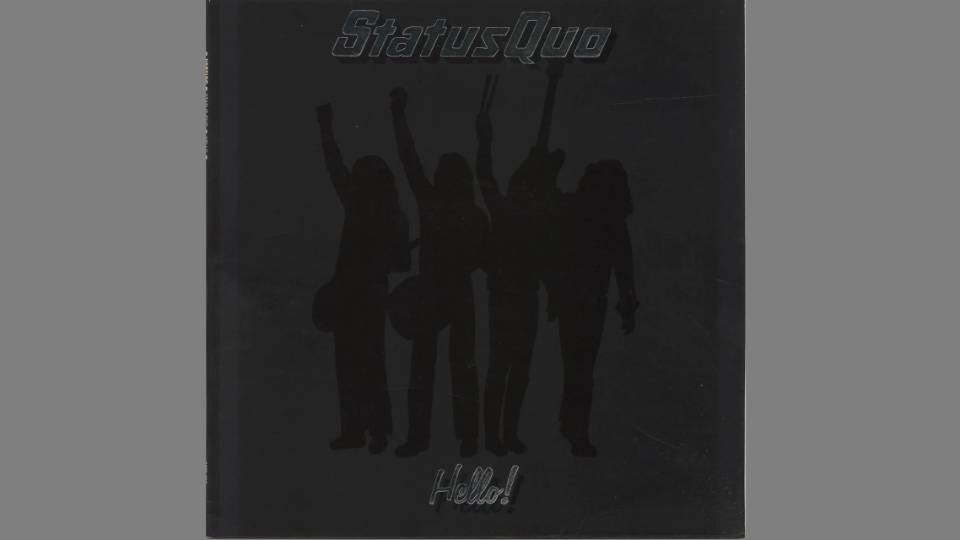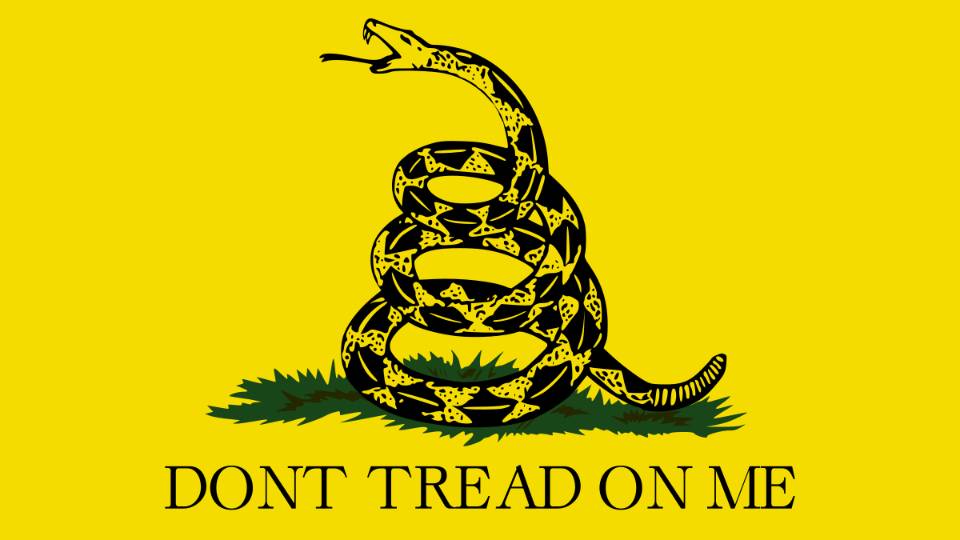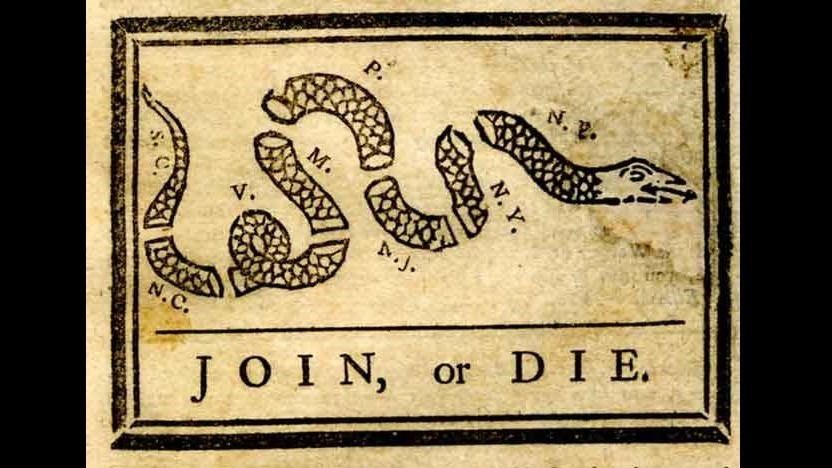The Story of The Artwork on Metallica’s ‘Black Album’ and the Unexpected Band That Inspired It
Yes, there’s a story behind it.

Thank you for sticking with this series as we explore the stories behind the artwork on each Metallica album, in order. If you missed some of our previous articles, you can check out the links at the end. Today’s article brings us to the 1991 self-titled release known to most as “The Black Album.”
The “Black” Album

The album cover is not completely black; it has different shades of black, making up the band’s name and a symbol. While some have claimed that this was a reference to Spinal Tap, according to Lars Ulrich in the documentary, “A Year and a Half in the Life of Metallica,” the cover art was inspired by British rock group Status Quo’s album, “Hello!” which was released in 1973.

Making the album color black had marketing considerations as well. The band wanted to get away from the brightly colored metal albums of the late 1980s – those album colors were designed to grab your attention at record stores – for example, it was still easy to spot Poison’s vibrant slime green color they used in their logo.
The Snake

This album features a coiled snake, clearly referencing the Gadsden Flag, so named for the man who created it, Christopher Gadsden. It was a popular flag flown during the American Revolution.

The snake on that flag is actually a reference to a cartoon woodcut that Benjamin Franklin did, depicting a snake chopped into 8 sections (New England was represented as one section, rather than the four colonies that comprised it at the time). The image was made for the French and Indian War but later became an important symbol in the American Revolutionary War, urging each colony to unite and fight together (a snake isn’t as strong if you cut it into 8 pieces… a fair point.).

The Gadsden Flag showed the colonies united as a snake, specifically a timber rattlesnake, coiled and ready to strike, with the words “Don’t Tread On Me” printed beneath it. The flag has seen a resurgence, primarily by far-right libertarian groups in recent years.

Metallica’s use of the image was a reference to the second single from the album, titled “Don’t Tread On Me.” As for his use of the image, he said this in an interview with MusicRadar in 2022,
“‘Don’t Tread on Me’, I love the song, but it shocked a lot of people, because everyone thought it was pro-war when they thought we were anti-war, and alls we’re doing is writing songs, we’re not standing politically on any side. ‘Don’t Tread on Me’ was just one of those ‘don’t fuck with us’ songs, and obviously referencing the flag and the snake and what it meant, that all tied into the black album and the snake icon on the album cover, and I think it’s great to play that song live. We’re over here in Europe playing it, and people aren’t appalled by the songs. We haven’t played it in Iraq or Iran yet, though.”

Metallica has famously, and perhaps wisely, avoided weighing in conclusively on politics as a band or even as individuals. This has helped the band maintain appeal on both sides of the aisle, without alienating any of their fans. Hetfield himself, stated in an interview with a Chilean newspaper called LA Tercer, “I’m a singer and guitar player in a rock band. I hate politics. I don’t wanna talk about politics. It’s not important to me. What’s important to me is connecting people with music. Politics, religion… they separate people.”
Music: The Great Unifier

The power of rock and roll is that it brings people together – people from all walks of life. Metallica has always done a good job of bringing people together in the spirit of rock and roll, regardless of what flag you have hanging around your house, what religious beliefs you subscribe to, or what car you drive.





